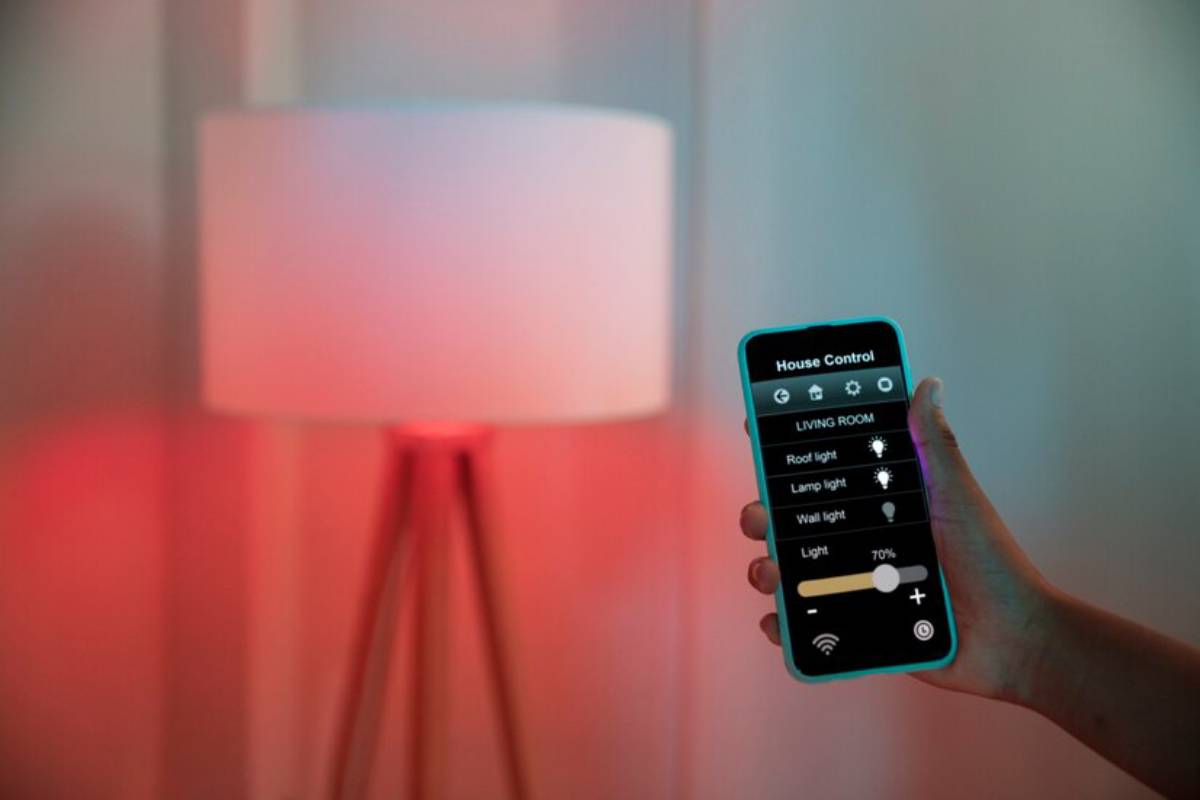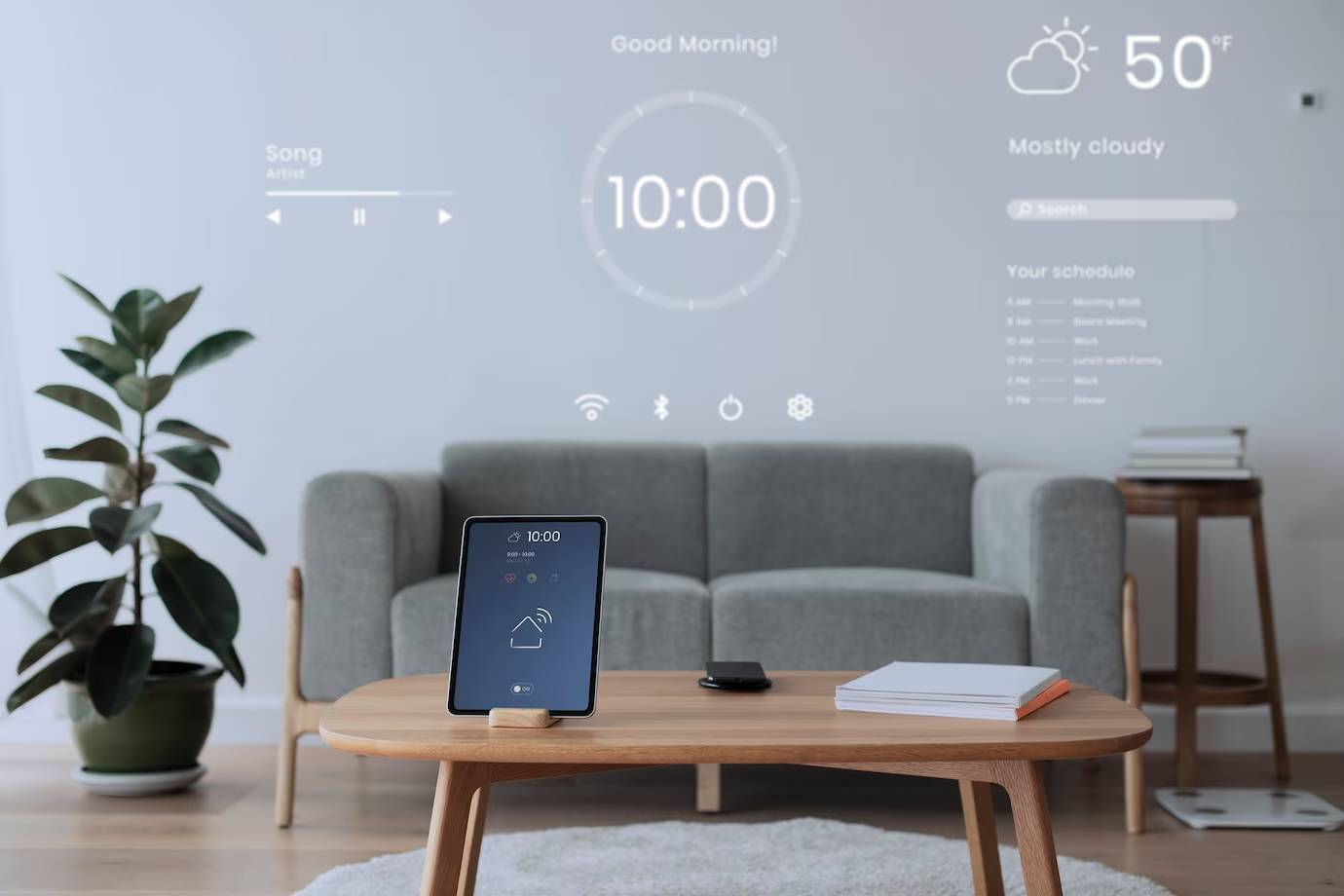
Creating a Fully Automated Home Security Ecosystem
Gone are the days when home security meant a simple deadbolt or a barking dog. In the era of interconnected devices and intelligent systems, securing your home has become more sophisticated—and far more accessible. Today, a smart home security system can do much more than deter intruders. It can recognise faces, detect unusual motion, monitor indoor air quality, and alert you to threats before you’re even aware they exist.
As digital technology evolves, homeowners are increasingly adopting automated surveillance and intelligent monitoring tools to create a truly integrated approach to safety. But building a seamless home protection tech ecosystem is about more than just buying a few cameras—it’s about thoughtful configuration, scalability, and control.
In this guide, we’ll explore how to create a fully automated home security setup, the core components to consider, and whether this investment is worth the peace of mind it promises.
What Is a Smart Home Security System?
A smart home security system is an integrated network of connected devices designed to monitor, detect, and respond to threats within and around your home. Unlike traditional alarm systems, smart setups use real-time data, cloud storage, and automation to provide more accurate, efficient, and user-friendly protection.
Key Features Typically Include:
- Remote access and control via smartphone apps
- Motion-triggered alerts and live streaming
- Integration with smart assistants (e.g. Alexa, Google Assistant)
- Automated lighting, door locks, and sensor-based triggers
- AI-powered analytics for smarter decision-making
Whether you’re at work, on holiday, or simply relaxing in the garden, your home can remain secure with minimal manual input.

Core Components of a Fully Automated Home Security Ecosystem
Let’s break down the essential devices and technologies that form a comprehensive and intelligent home security system.
1. Smart Security Cameras
Purpose: Real-time video monitoring, recording, and motion detection
Features to Look For:
- 1080p or 4K video resolution
- Night vision (infrared or colour night sensors)
- Two-way audio
- AI-powered person, pet, or package recognition
- Cloud or local storage options
Top Picks: Arlo Ultra, Nest Cam, Ring Stick-Up Cam, EufyCam
Automated Surveillance Benefit: Receive alerts only for relevant movement—no more false alarms triggered by swaying trees or passing cars.
2. Video Doorbells
Purpose: Monitor and interact with visitors at your door—even when you’re not home
Popular Models: Ring Video Doorbell, Google Nest Doorbell, Eufy Video Doorbell
Advanced Features:
- Motion detection with facial recognition
- Integration with smart locks
- Pre-recorded quick replies
Home Protection Tech Insight: Deters package theft, increases front-door awareness, and acts as a virtual peephole wherever you are.
3. Smart Locks and Entry Sensors
Why They Matter:
- Keyless entry systems provide added convenience and control
- Entry sensors monitor doors and windows, triggering alerts if opened unexpectedly
Smart Lock Features:
- Auto-lock/unlock via proximity
- Access codes for family and guests
- Lock/unlock remotely via app or voice command
Compatible Options: August Smart Lock, Yale Linus, Schlage Encode
Integration Tip: Link smart locks with your smart home security system to arm/disarm automatically when you enter or exit.
4. Motion Detectors and Environmental Sensors
Multi-Zone Monitoring:
- Detect unauthorised movement inside or outside
- Monitor unusual sound, vibration, or tampering
Environmental Monitoring:
- Smoke, CO2, water leak, and temperature sensors
- Integrate with HVAC or lighting systems for responsive home management
Popular Brands: Aqara, Fibaro, Honeywell
Automated Surveillance Bonus: Receive instant notifications if anything deviates from your home’s normal environment—even if you’re away.

5. Smart Lighting and Sirens
Purpose:
- Automated lighting discourages unwanted visitors by simulating occupancy
- Sirens and strobes deter intrusions and draw attention to emergencies
Options to Explore:
- Philips Hue or LIFX for programmable lighting
- Aeotec or Ecolink smart sirens
Automation Examples:
- Lights turn on when motion is detected
- Siren sounds if a window sensor is triggered
- Schedules mimic normal routines when on holiday
6. Control Hubs and Voice Assistants
Function: Serve as the central point for device integration, voice control, and automation routines.
Popular Platforms:
- Amazon Echo (Alexa)
- Google Nest Hub
- Apple HomePod (HomeKit)
- Samsung SmartThings Hub
Key Advantages:
- Unified control across devices
- Simple routines like “Away Mode” to trigger security settings
- Hands-free access to live feeds, status updates, and emergency calls
Smart Home Tip: Choose devices compatible with your preferred hub to streamline setup and avoid compatibility issues.
Automation in Action: Sample Scenarios
Building a fully automated home security ecosystem means your home responds intelligently without constant input. Here are real-world examples of what automation can look like:
Example 1: “Away Mode”
- You leave the house and your smart lock engages
- Motion sensors and cameras are armed
- Lights are turned off (except a few on a programmed schedule)
- Entry alerts are sent directly to your phone if triggered
Example 2: “Holiday Mode”
- Curtains close at sunset
- Lights turn on in different rooms throughout the evening
- Cameras send periodic snapshots to your mobile device
- Any irregular activity results in a push notification and automatic video capture
Example 3: “Night Mode”
- All doors auto-lock at 10 p.m.
- Outdoor security lights activate on motion
- Indoor sensors monitor hallway movement, triggering nightlights
These automations provide peace of mind—and convenience—without lifting a finger.

Privacy and Data Security Considerations
With all the connectivity of home protection tech, it’s crucial to stay mindful of your digital safety.
Best Practices:
- Enable two-factor authentication on all devices and apps
- Change default passwords and update firmware regularly
- Review privacy settings—especially camera permissions and data storage policies
- Opt for local storage if you prefer not to use cloud-based services
Remember: You’re protecting your physical home, but your digital ecosystem also needs defending.
Is a Fully Automated System Worth the Investment?
The Pros:
- Peace of mind—Know your home is protected 24/7
- Customisable control—Tailor settings to suit your routine and lifestyle
- Remote access—Monitor and manage from anywhere in the world
- Smart integrations—Link with lighting, HVAC, and entertainment systems
The Cons:
- Upfront cost—Initial setup can range from £300 to over £2,000 depending on complexity
- Learning curve—Takes time to configure routines and learn systems
- Privacy risks—Improperly secured systems may expose you to cyber threats
Verdict:
For most households, the investment is justified by enhanced security, convenience, and long-term savings compared to professional monitoring services. The key lies in choosing scalable, secure, and compatible components.
Smart Security Starts with Smart Choices
A smart home protection system offers more than just high-tech convenience—it provides confidence and control. When thoughtfully assembled, an automated surveillance ecosystem can protect your home with precision, flexibility, and intelligence that traditional setups simply can’t match.
Whether you’re securing a family home, a flat, or a second property, the right mix of home protection tech can transform your living space into a fortress of calm—without sacrificing comfort or accessibility.
Take action today: Start with one or two smart devices and build your system over time. The future of home security is intelligent, integrated, and entirely within reach.


